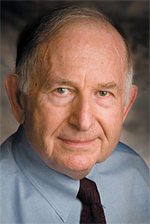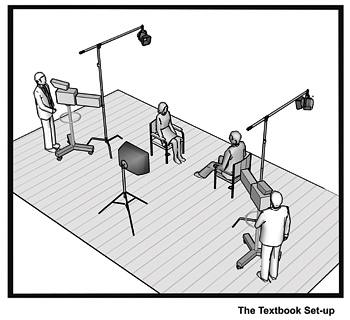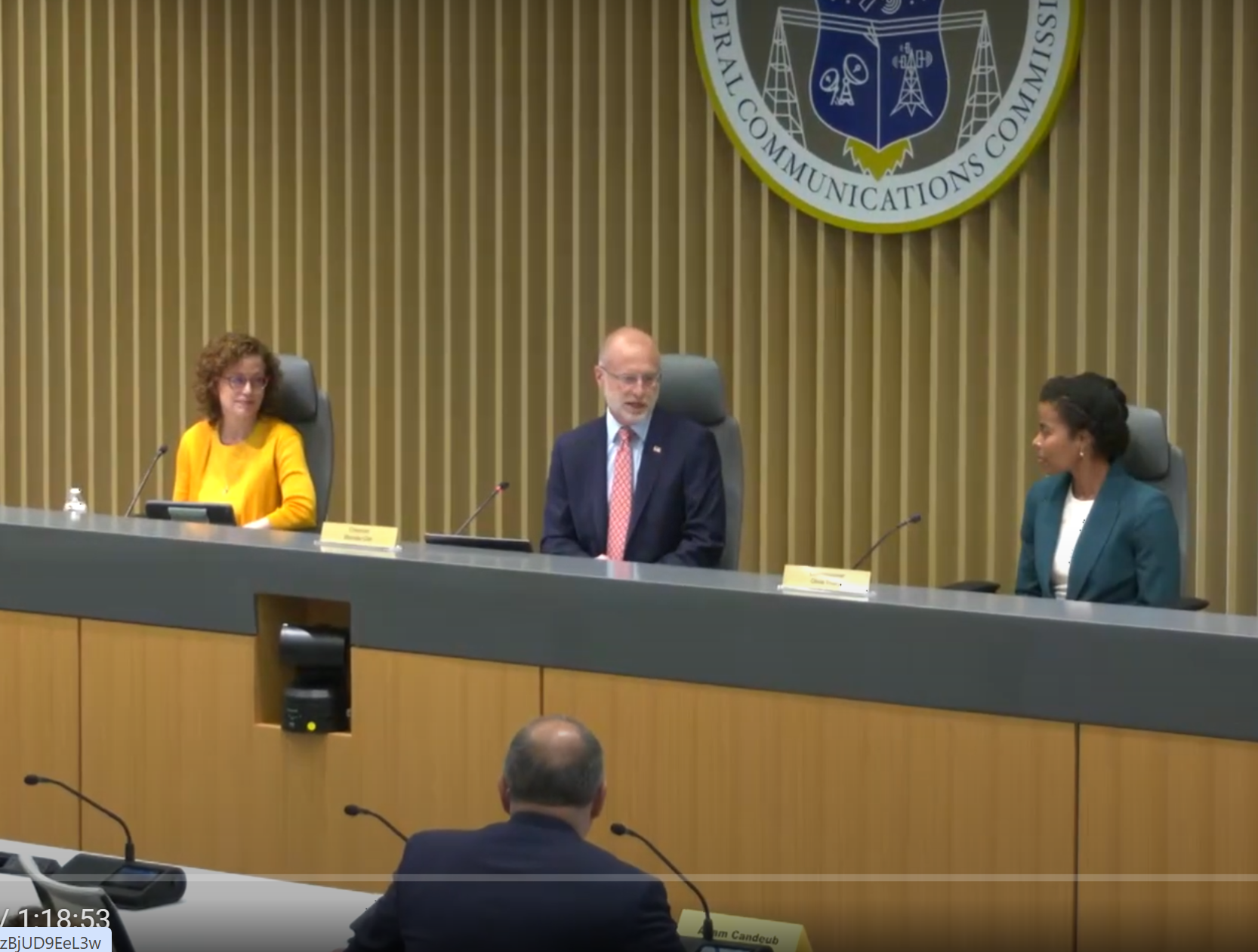To Light the Ear… or Not

The face-to-face interview is one of the most fundamental setups in television broadcasting. The basic lighting of this setup is heavily covered in all TV lighting "how to" manuals and texts. But last night, while watching an interview on a national channel, I was reminded that even the best of intentions can backfire in an interview situation if there is an unexpected consideration. In this case, it was the talent.
The talent was a very attractive woman of slight stature and certain age, who, as a result, had very prominent neck cords. These were heavily accented by the fill light, which was in proper textbook position and acting as a cross light. The unfortunate result was that the talent was, literally, cast in an unflattering light. But what would have been the solution? To find the answer, we need to take a closer look at the principles of the face-to-face interview.
INTERVIEW PRINCIPLES
The face-to-face interview can take place on location or in the more controlled environment of a studio. The shots are very simple. A waist or close-up shot of the guest with matching shots for the interviewer. There may be a slightly wider cross shot across the back of the one person in the foreground with the other person in the background. (Don't "cross the line.") This establishes the physical relationships. The shot of the interviewer, however, shares only a small part of the total program time and many of his questions are voice-over.
Sometimes, on location, there is only one camera and the interviewer's close-up is shot separately and is required for editing purposes.
Usually, there are no other views as they do not add anything to the program flow; in fact, they can be destructive because they take time to execute. This may disturb a creative producer who will then try to contribute to TV production history by showing a wide shot of the room. This shot only serves to reveal the hardware of the lighting setup and removes the mystery.
This is not to say that a clean and interesting establishing shot is not possible on location, but it may become quite time consuming and compromise the budget by requiring additional personnel and a rigging structure. This shot is practical and more achievable when shooting the interview in an installed television studio.
FOCUS ON FILL LIGHT

The textbook setup of a face-to-face interview. So what's the problem here? In its most simple, bare-bones version, the lighting setup has a main light for each person. The instrument is positioned to front light one person and spill upon the other person as a backlight. Of course, this "spill" intensity must be controlled and requires some sort of scrim, gel or wire to knock it down. In actuality, in the crush of the "Let's go, that's OK, we're running late" mode, the intensity correction is never really fixed. It takes too much fussing.
The fill light is set in the center position shown and must be relatively wide angle to fill both principals. Another reason for choosing the main light position on the upstage camera side is that the fill light position, opposite side from the main lights, is out of the shooting area and, as a result, its elevation can be set for the most opportune height—at about lens height. We do not want our fill making any contribution to picture contrast. In other words, it should act as a fill light only (Principles of Lighting 101).
For this discussion, let us consider the main lights in our basic setup and not worry about them serving as backlights. Most time should be spent on these instruments to position them correctly and to set their intensity carefully to insure that the talent is presented in their best light. Remember, if you are on location, some kind of boom arm will be required to keep the light stand out of the second camera's shot. If this is the case, "Safety and security are the order of the day." In "Principles of Lighting 102" we will discuss the placement of the backlight and the use of a "kicker" as a substitute as well as the lighting the background.
At this point, enter The Ear. One of the early rules of portraiture practice (with apologies to George Hurrell) was that when a person's face was in a three-quarter position to camera, the side of the head facing the camera should be darker to emphasize the front plane of the face, the eye, mouth and nose. The "downstage" ear should be dark. The main light of our textbook setup can be positioned to do this.
HOW TO FIX IT
Now, let's return to last night's television interview and the Case of the Unflatteringly Lighted Talent. The fix would be to move the fill more in line with the axis of this camera. Yes, if the two angles are to be lighted at the same time, you will need two (Horrors!) fill lights, both close to the camera lens with no spill on the opposite talent. If softlights are used, egg crates will become the Lighting Man's best friend. Are we done with the neck? Not really. We must also lower the contrast from the main light, and so the "don't light the ear" rule is out the window. The main light will have to be moved to be more on the camera axis to help the neck problem. Yes, I know, this is a gotcha. The downstage ear is now lighted. But we are not finished!
When we went to the host, he was not lighted anywhere near what we expected—a main light from the textbook position. He ended up in two cross lights of equal intensity and no pleasing face light. Not only did he appear cross-eyed, but his picture—being seriously unmatched to the guest's lighting (notwithstanding the neck problem)—gave a conflicting sense of place. With only the background to tie the two shots together, the two could have been on different planets. I am truly at a loss as to why this occurred.
The cure for the solution to these problems is simple. Any standard setup should be considered as a starting point, not fully developed and something to be improved upon. Unanticipated lighting problems should be expected. The lighting setup as well as the personality of the Lighting Man should have some built-in flexibility to accommodate corrective adjustments as problems are realized. Nothing should be assumed to be fixed in stone or automatic. Accept the fact that most critical moments will be just before you roll or go live. Don't go for coffee until after the shoot.
Bill Klages would like to extend an invitation to all the lighting people out there to give him your thoughts at billklages@roadrunner.com.
The professional video industry's #1 source for news, trends and product and tech information. Sign up below.
